My Cultural Diet (February 2024): Willy Wonka, Big Trouble in Little China, Reservation Dogs, Garth Marenghi
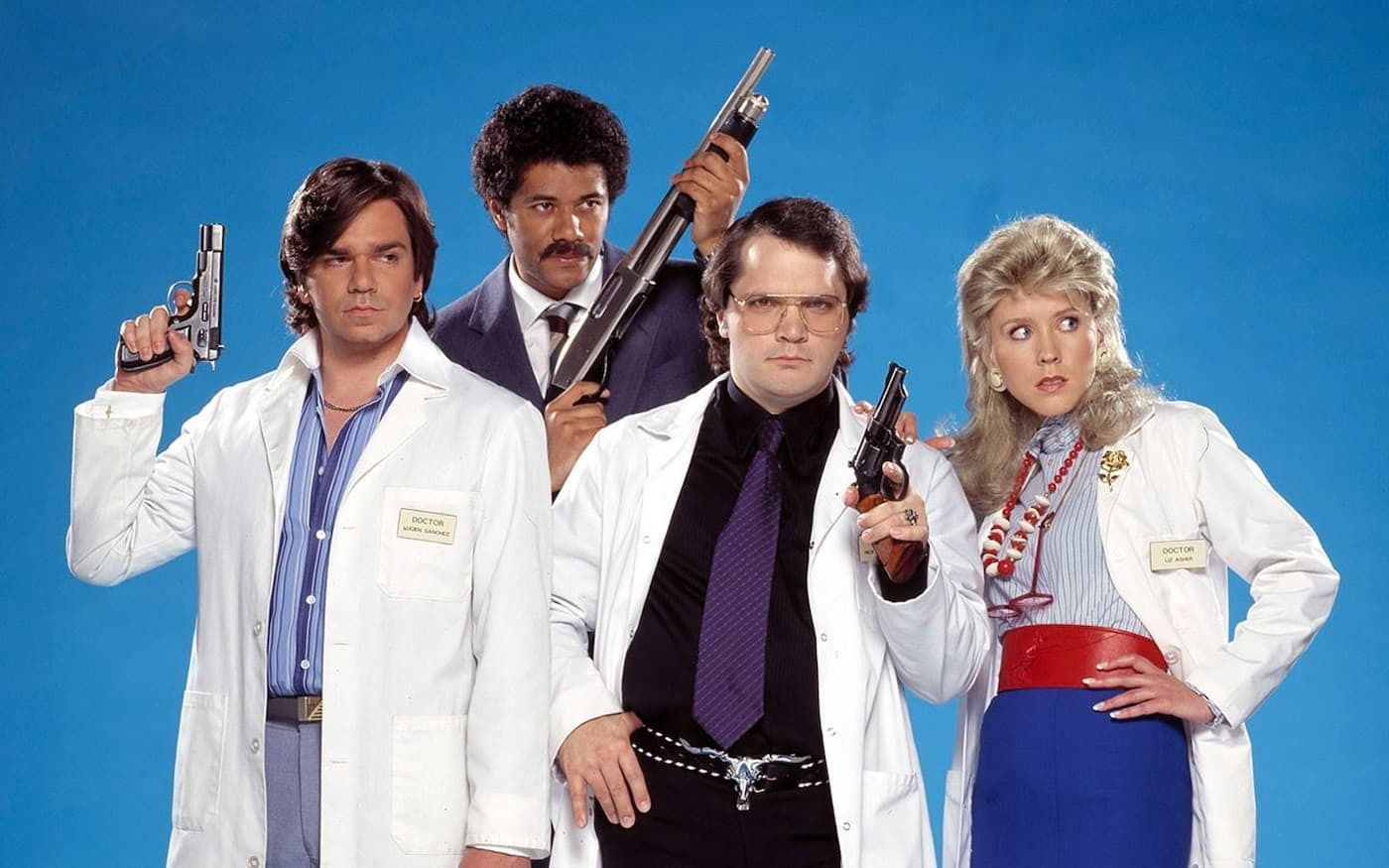
In order to better track my various cultural experiences (e.g., movies, TV shows, books, restaurants), I’ve created the Cultural Diet. Think of it as my own personal Goodreads, Letterboxd, and Yelp, all rolled into one (more info here). Every month, I recap everything that I watched, read, etc., in the previous month.
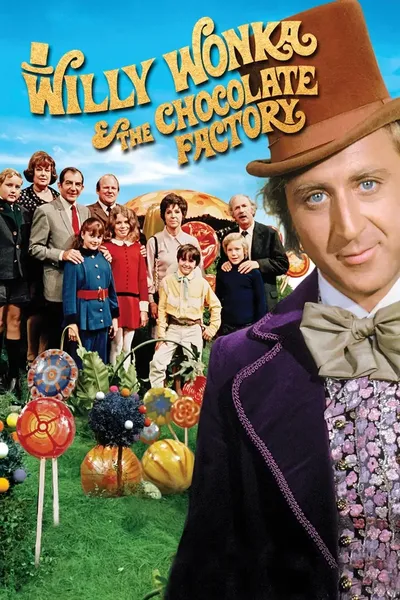
Quite a few years have passed since my last viewing of Willy Wonka & the Chocolate Factory, so when my daughter suggested it for our movie date night, I naturally agreed. It’s still a classic in every way, thanks to the delightful songs, Charlie Bucket’s wide-eyed sense of wonder, and of course, Gene Wilder’s perfect performance as the titular Wonka. This time around, though, I was struck by the movie’s inherently tragic nature as it depicts a child’s final moments of innocence before he becomes the ward of the world’s greatest candy maker, yes, but also a madman. (In my headcanon, the tunnel boat ride is actually a journey through the dark side of Wonka’s mind, a manifestation of all of the repressed darkness that makes his confectionary genius possible.) The film’s most chilling line comes at the very end when Wonka reveals that he picked a child to take over his candy empire because “a grown up would want to do everything his own way, not mine.” So now, poor sweet, innocent Charlie is doomed to hear all of Wonka’s “most precious candy making secrets,” thus ensuring that the cycle of madness will continue. So yeah, a classic film in every way.
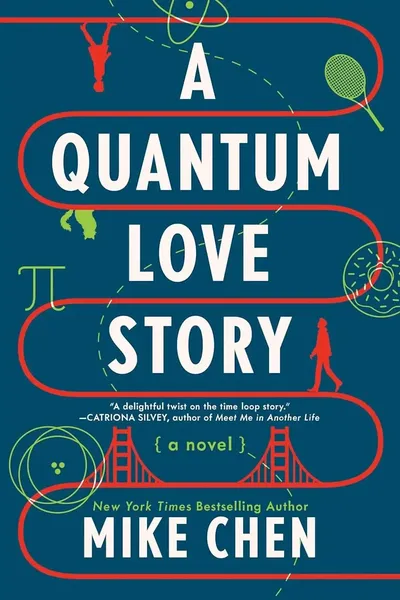
As with Gabrielle Zevin’s Tomorrow, and Tomorrow, and Tomorrow, I can absolutely understand why people might love this novel. It’s got an intriguing premise (two people try to figure out how to escape a bizarre time loop), a pair of very likable protagonists, a hint of romance (as per the title), and some fun pseudo-science involving quantum physics and temporal paradoxes. I also enjoyed the novel’s overall bright tone, which feels very solarpunk-adjacent à la Becky Chambers’ Monk & Robot novellas. Alas, though I enjoyed A Quantum Love Story, I wish I had loved it more than I did. It felt like two different novels smashed together, especially once the time travel hijinks began in earnest. The actual romance felt very one-sided, which made it hard to fully buy into it. Finally, I understand why Chen glossed over some of time travel’s ethical conundrums, which would’ve bogged down his novel’s breezy story. Even so, the handwaving was occasionally irksome.
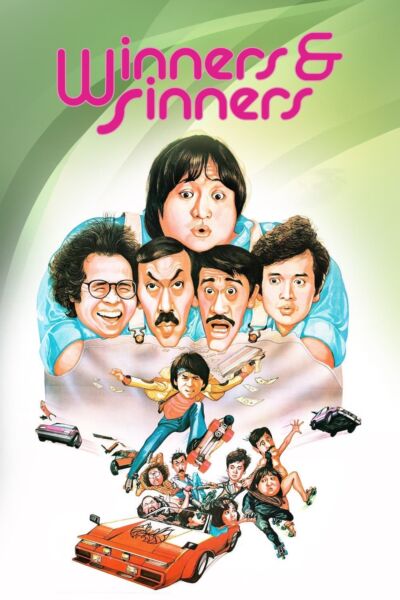
Although Jackie Chan pops up throughout the film as a bumbling cop whose zeal for justice (and roller skating) always results in hilarious havoc, Winners & Sinners is primarily a showcase for Sammo Hung (who also directed), Richard Ng, John Shum, and the rest of the Lucky Stars crew. The fellas play a group of former criminals trying to stay on the straight and narrow by starting a cleaning company, only to get mixed up in a gangster’s counterfeiting operation. The film’s broad, juvenile comedy and episodic nature wears a bit thin at times (e.g., the scene where Richard Ng’s character believes he’s invisible, with predictable results), but it’s so good-natured that you can’t really hold a grudge against it. Several scenes elicited hearty chuckles and though it’s primarily a comedy, Winners & Sinners also boasts some pretty impressive — and amusing — action and stunts. Watching a big dude like Sammo Hung throw hands (or his belly, as the case may be) is never not entertaining.
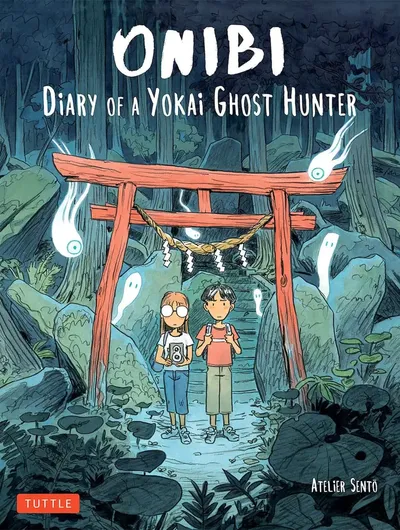
Earlier this month, I read — and thoroughly enjoyed — Atelier Sentô’s Festival of Shadows, which inspired me to track down this earlier work of theirs. Onibi follows a couple of Europeans as they travel to remote corners of Japan in search of yōkai spirits, which they hope to capture with the help of a supposedly magical camera. I didn’t enjoy Onibi as much as Festival of Shadows, but it’s still a delightful work that very much reads like a love letter to Japan and some of its more colorful inhabitants. As such, it made me want to return to Japan and explore some of those same remote corners, as well.
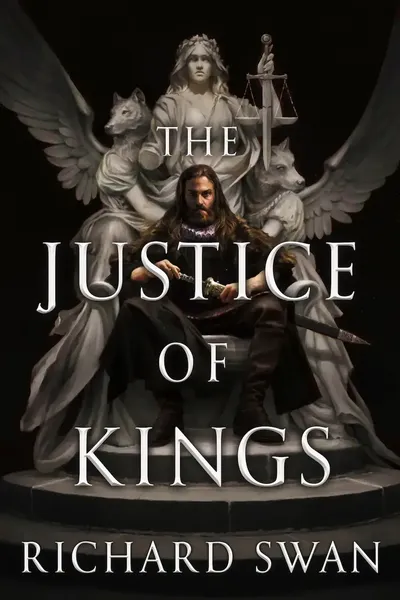
For better or worse, most fantasy is fairly British in nature. (Blame it on Tolkien.) What initially interested me in The Justice of Kings was that its fantasy seemed more Germanic in nature, if only in the names of people and places. But what’s most noteworthy about the novel is that, although it has some of the usual fantasy trappings (e.g., magic), it’s actually a detective story crossed with a healthy dose of legal drama. (Author Richard Swan is a lawyer in real life, which adds to the verisimilitude.) It’s well-written and engaging, particularly since it’s narrated by a young woman who serves as a scribe for an imperial agent tasked with investigating rumored cult activities, which eventually reveal a far bigger conspiracy that threatens the whole empire. The Justice of Kings is the first in a trilogy — does anyone publish one-off genre novels any more? — and though I enjoyed it, I’m not sure I enjoyed it enough to make me rush out and read the remaining books.
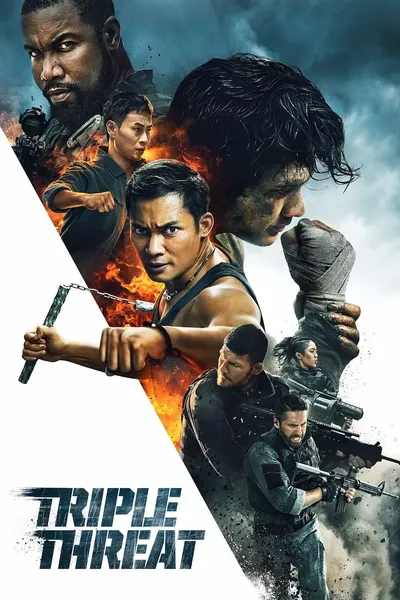
Given that it stars a veritable “Who’s Who” of modern action stars — e.g., Tony Jaa, Tiger Chen, Iko Uwais, Scott Adkins, Michael Jai White — it should go without saying that Jesse V. Johnson’s Triple Threat boasts some pretty impressive fights. I pressed “Rewind” on several occasions so that I could watch certain bad-ass moves again, particularly from Chen and Adkins, and I winced more than once at scenes of particularly brutal carnage. As an added bonus, Triple Threat possesses a certain gritty, DIY feel that adds to its intensity. I just wish the storyline had been a wee bit stronger. It’s promising at points, with a pair of mercenaries on the run from some other mercenaries while protecting a Chinese heiress, but got muddled whenever it tried to inject some humor or backstory into the proceedings.
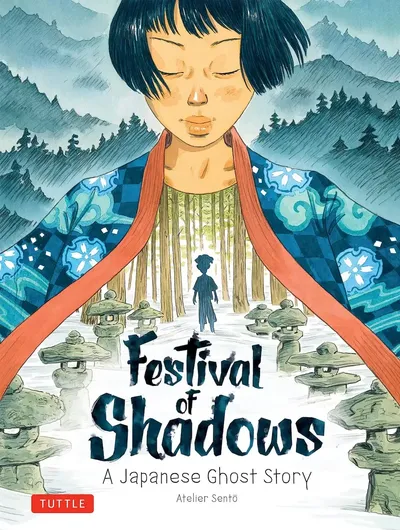
Every year, residents in a remote Japanese village are tasked with helping the recently deceased come to terms with their death and move on to the afterlife. It’s a fraught and difficult job, and it becomes all the more so for Naoko — who’s already questioning her rural existence — when she develops feelings for her latest charge. At first blush, Festival of Shadows feels like a typical “girl meets ghost” paranormal romance, but it develops some intriguing twists as Naoko makes some startling discoveries about her charge — and herself. Atelier Sentô — the creative duo of Cecile Brun and Olivier Pichard — have conjured up a delightful ghost story characterized by painterly artwork and wonderfully detailed illustrations. I look forward to their next title.
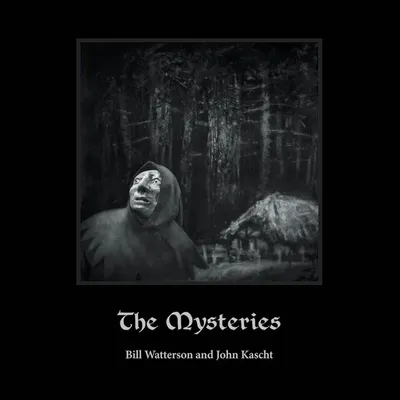
I daresay that the vast majority of those who read The Mysteries, myself included, will do so because it was written by Bill Watterson, of Calvin and Hobbes fame. Indeed, if it were written by anyone else, this slight fantasy fable would probably fly under the radar. That’s not to say that it’s bad, just that it’s a very far cry from Calvin and Hobbes… sort of. If one were inclined, one could draw some parallels with those strips where Calvin and/or Hobbes critiqued modern society’s dismissal of wonder and imagination — themes that are very present in The Mysteries’ seventy pages or so. As for the artwork, which Watterson created in collaboration with caricaturist John Kascht, it’s an interesting and darkly beautiful blend of paintings, models, collage work, and whatnot that has a very tangible and physical quality to it.
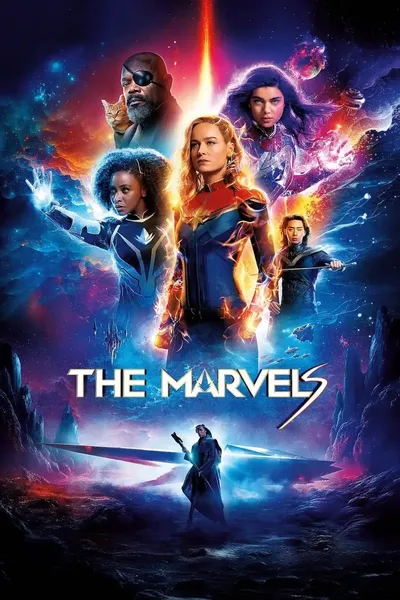
To its credit, The Marvels felt like director Nia DaCosta was trying to do something different with the MCU formula. Much of that’s due to the inclusion of young Kamala Khan, aka, Ms. Marvel, who was a delight in her own series back in 2022. Khan brought some much-needed levity to the movie, which had me laughing out loud on several occasions. But at the end of the day, The Marvels is still an MCU title, which means that it’s still plagued by the franchise’s apparent lack of direction. As with most recent MCU titles, I can’t shake the feeling that the movie’s events don’t actually mean anything or are leading up to anything meaningful. And the obligatory mid-credits scene only adds to the sense that at this point, Kevin Feige et al. are just throwing random ideas at the wall to see what, if anything, sticks.
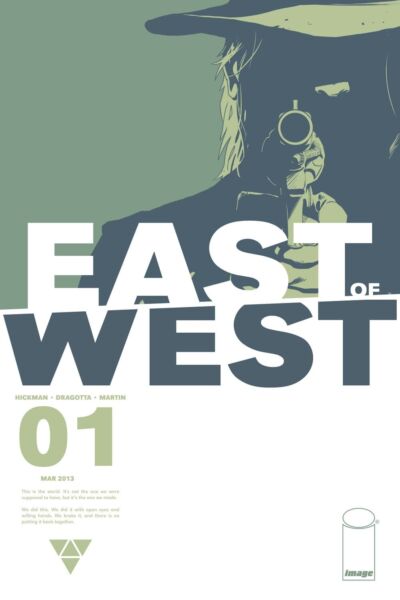
The American Civil War raged on for nearly fifty years, leading to a divided nation that lives under the shadow of a terrible prophecy. Meanwhile, three of the Horsemen of the Apocalypse have returned and now wander the wartorn land, searching for Death in order to kill him and raise his son as the Beast of the Apocalypse, which is set to happen any day now. With that as a premise, it’s safe to say that East of West is far from upbeat. Jonathan Hickman (Secret Wars, House of X, Fantastic Four) spins an elaborate apocalyptic tale filled with corrupt leaders and politicans jockeying for power, no matter the cost, and Nick Dragotta’s (Fantastic Four, X-Men, The Amazing Spider-Man) detailed artwork is suitably vivid and bloody. As a work of world building, East of West is impressive, but like The Fellspyre Chronicles, the unrelenting grim-ness is just that: unrelenting. So much so that the ending feels a bit perfunctory and hollow.
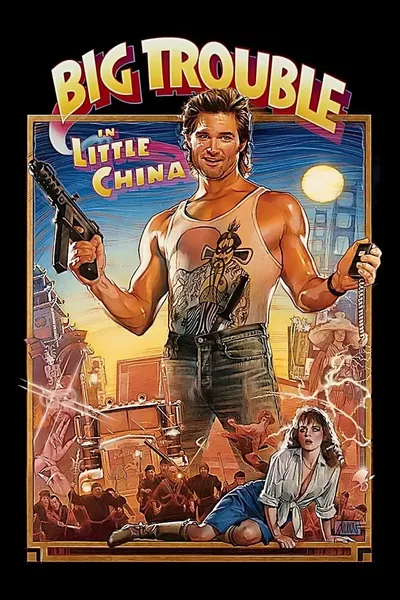
John Carpenter’s Big Trouble in Little China never fails to put a huge smile on my face, starting with Kurt Russell’s iconic performance as trucker Jack Burton, who finds himself in over his head while battling sorcerers, monsters, and kung fu masters straight out of Chinese myth and legend. I love how the movie is an obvious homage to kung fu and wuxia movies, and even stars a couple of martial arts movie legends like Carter Wong and Jeff Imada. I love how it plays with an Americanized (i.e., overly exoticized) version of Chinese culture even as it subverts that by making Russell’s swaggering, tough-talking, John Wayne-esque hero perpetually confused and out of his depth. (As Carpenter put it in his DVD commentary, Burton is a sidekick who thinks he’s the main character.) I love James Hong and Victor Wong’s performances as Lo Pan and Egg Shen, respectively. Basically, I love everything about this movie, from its beginning to its surprisingly bittersweet ending. May the wings of liberty never lose a feather, indeed.
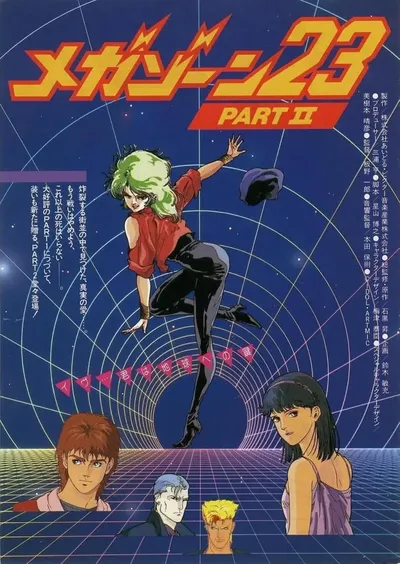
Set six months after the events of Megazone 23: Part One — which ends on a cliffhanger — Part Two feels like it’s from a different franchise altogether. Much of that’s due to Yasuomi Umetsu taking over as character designer; as a result, Shogo Yahagi and the other characters are nigh-unrecognizable from their Part One versions. And though the same studios were involved in the production of both parts, Part Two’s animation and artwork are just so different, not to mention wildly inconsistent. Sometimes Part Two looks fantastic, particularly the mecha and vehicle designs, but much of the time, it’s a mess filled with some glaring continuity errors. (I did enjoy the SilverHawks reference, though.) As for the actual storyline, it’s tacitly connected to the events of Part One even as it feels completely separate and chaotic, as well as far more graphic, sex and violence-wise. (It’s also hard to take Yahagi seriously as a hero given that he has a mullet and wears a “Sex Wax” jacket for much of the movie.) There does happen to be a Megazone 23: Part Three, but based on what I’ve seen and read about it, I have little desire to actually watch it.
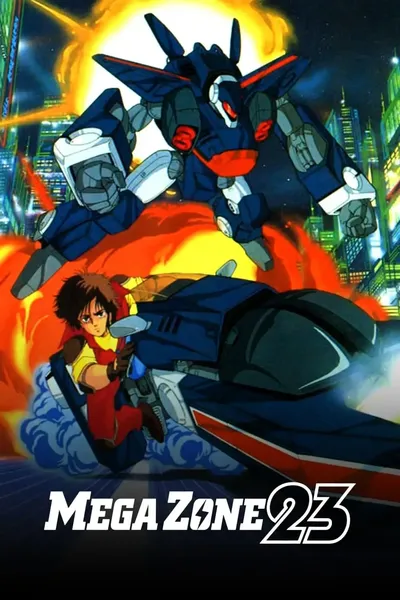
Noboru Ishiguro’s Megazone 23 is one of those anime titles that I’ve always heard about but had never actually seen, a long-time classic that was used to create aspects of the American Robotech franchise. A massive hit upon its release in 1985, Megazone 23 is certainly dated. Nevertheless, I found its storyline pretty ambitious. After young Shogo Yahagi chances upon an advanced motorcycle, he lands squarely in the military’s crosshairs and inadvertently makes an earth-shattering discovery that completely changes his understanding of the world around him. Megazone 23 suffers from some wild tonal shifts, shifting between goofy fan service and shocking violence with nary a pause, and it occasionally glosses over the ramifications of Yahagi’s discovery for goofy shenanigans. But it also possesses an anti-authoritarian, cyberpunk-influenced spirit that feels rather refreshing compared to a lot of modern anime, as does the hand-drawn animation, flaws and inconsistencies notwithstanding.
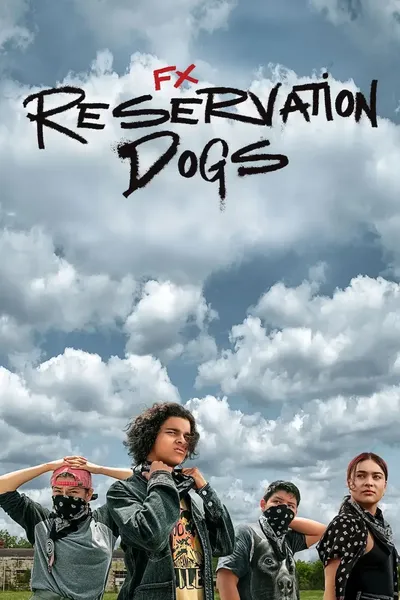
On the one hand, Reservation Dogs’ third and final season felt more directionless and less cohesive than its first two, with episodes meandering around the reservation and focusing on a wider array of characters, both in the present and the past. Which sometimes made for a frustrating experience, particularly when compared to the previous seasons’ more defined arcs. On the other hand, I just love spending time with every single one of these characters: the titular foursome, their aunties, uncles, and grandparents, and even the various spirits who interact with them all and offer (occasionally) helpful advice. Furthermore, Reservation Dogs’ focus on the necessity of maintaining and respecting one’s community, exploration of life’s cyclical nature, and depiction of the “thinness” between the physical and spiritual worlds have given me much to think — and laugh — about. A truly special and unique series.
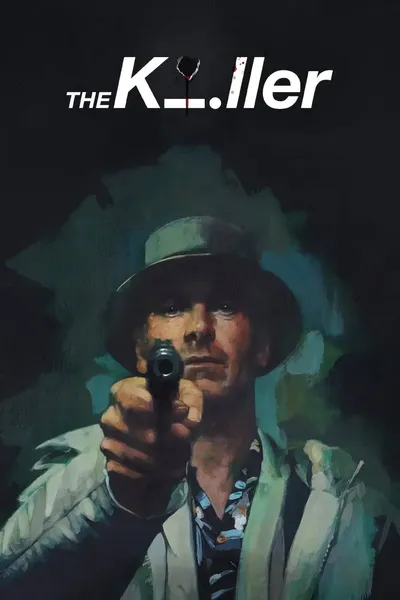
On paper, watching a nameless hitman methodically clean up all of the loose ends after a hit goes sideways sounds like a pretty boring way to spend two hours. And it is… until it’s not. Those expecting the sort of stylized wall-to-wall action that’s usually associated with “hitman” movies will likely be disappointed here. But kudos to director David Fincher and star Michael Fassbender for creating a film that becomes increasingly engrossing as the titular assassin goes about his bloody business with cool detachment, determination, and inspirational aphorisms like “Anticipate, don’t improvise” and “Fight only the battle you’re paid to fight.” (All delivered via internal monologue, natch.) At times, it almost feels like a heist film as you try and figure out how he’s going to overcome each new dilemma. It doesn’t hurt that The Killer has some occasional flashes of dark humor, such as the hitman’s reliance on Amazon and the gig economy to do his job. A lesser director might try and beat audiences over the head with that as social commentary — as in: modern society requires us to live like an amoral, yoga-practicing, Smiths-loving hitman in order to survive — but thankfully, Fincher avoids that pitfall.
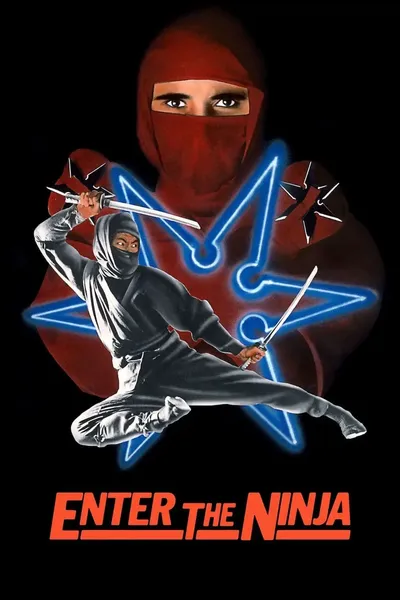
Along with Chuck Norris’ The Octagon, Enter the Ninja kicked off the “ninja craze” that swept through American pop culture in the early-to-mid ’80s. Franco Nero (of Django fame, and dubbed here because of his thick Italian accent) plays a former mercenary-turned-ninja who travels to the Philippines to visit an old war buddy — and soon finds himself squaring off against thugs, greedy tycoons, and even a former fellow ninjutsu trainee. Make no mistake, Enter the Ninja is not a good film if evaluated objectively. (For starters, I’m pretty sure I could be way more stealthy just sitting on my couch than the assassins depicted here.) But when watched through the goggles of nostalgia — and specifically, the nostalgia of what it was like to be a ninja-obsessed grade schooler — it’s still not a good film. But it is fun to watch, if only because it offers you the opportunity to visit the exotic and strange alternate reality that exists only in ’80s ninja flicks.
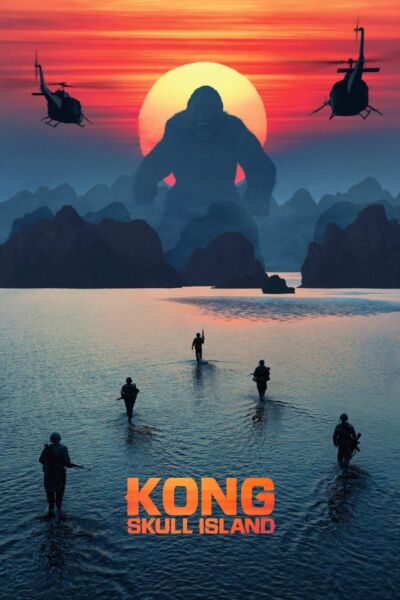
Shamelessly aping (npi) Francis Ford Coppola’s Apocalypse Now for a monster movie might be a little on the nose, but in the case of Jordan Vogt-Roberts’ Kong: Skull Island, it turns to be a pretty decent idea. And when you throw in some impressive-looking visuals, lots of intense (read: gory) monster brawls, and best of all, some delightful John C. Reilly kookiness, then you have a movie that’s way more than the sum of its parts. In other words, Kong: Skull Island possesses a sense of fun and zaniness — be it Reilly’s unhinged performance, Samuel L. Jackson’s scenery-chewing, or the elaborate monster designs — that’s sorely lacking from the rest of Legendary Pictures’ MonsterVerse titles.
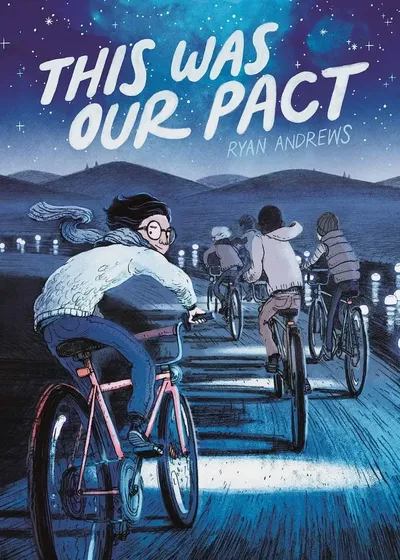
I’m not exactly sure how I learned about This Was Our Pact, but I’m glad I did. Written and illustrated by Ryan Andrews, it’s a delightful tale of friendship and fantasy as a group of kids go on a night-time bike ride through an increasingly strange countryside — a ride that will change some of them forever. There are some moments in This Was Our Pact — specifically, the friends’ encounters with a talking bear in search of his family’s fishing hole and a kooky witch named Madam Majestic — that feel like something out of a Miyazaki film. Which is just about the highest praise I can give. Andrews’ artwork, which is predominantly cast in shades of blue, as befitting his nocturnally set tale, are beautiful and evocative, and lead up to a final scene that perfectly encapsulates the sense of fun, wonder, and adventure that ought to define childhood friendships.
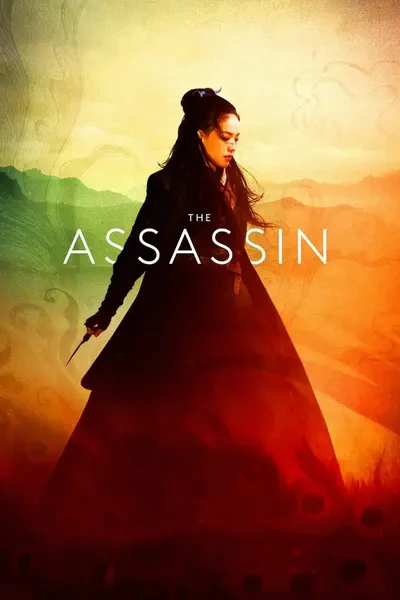
It threw me for a loop back in 2015 when Hou Hsiao-hsien, who is now retired, announced that he was making a wuxia film, and I doubt I was alone in that. But this is Hou Hsiao-hsien we’re talking about, so The Assassin isn’t exactly Crouching Tiger, Hidden Dragon, Hero, or House of Flying Daggers — for better or worse. Like those films, The Assassin is absolutely gorgeous, from the rich costumes and production design to the unbelievable Chinese landscapes and scenery. But the storyline — a skilled assassin must prove her loyalty by killing the man to whom she’d one been betrothed — is more of a mixed bag. Hou is extremely fond of “pillow moments” (to use Roger Ebert’s term) and pregnant silences. Which means that The Assassin’s story is often as obtuse as it is engaging, if not more so. Sometimes this stylistic choice works and draws you into the film and the characters’ inner lives and sometimes, it’s just frustrating, particularly when political conspiracies emerge and immediately feel anticlimactic.
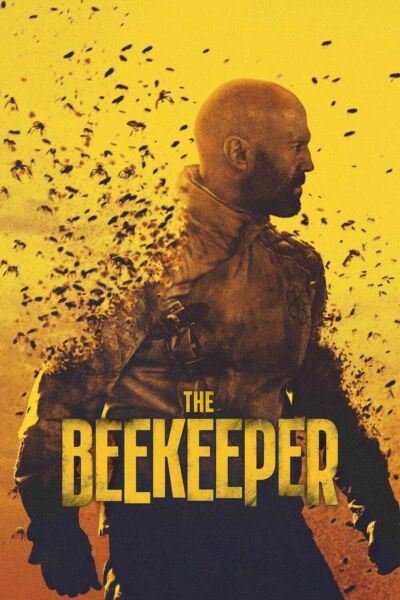
I should’ve known we were in for a rough time when Jason Statham’s bad-ass one-liner to a villain was about estate planning, but at that moment, I still thought The Beekeeper would be one of those “so bad it’s good” films. But no, it’s just bad. Like mind-numbingly, eye-rollingly bad. Like “How many people starred in this because they needed to pay their mortgage?” bad. There is, of course, the awful dialog, which requires the likes of Jeremy Irons and Minnie Driver to slum it. But there’s also the grim tone that’s not really grim but rather, desperately wants you to think it’s grim and a storyline that requires characters to suddenly know things they couldn’t possibly know in order to keep things moving towards a hollow conclusion. I have a pretty low bar for Jason Statham movies: I just want to see him punch cartoonishly bad guys in the faces and look cool while doing so. I gave The Beekeeper an extra half-star because the bad guys being punched are slimy tech bros but still, it makes you long for the cinematic brilliance of the second Transporter movie.
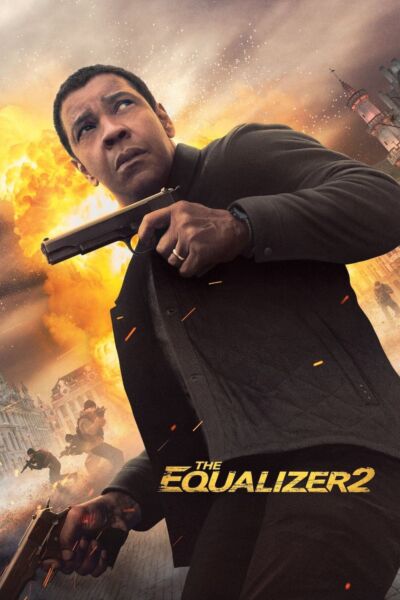
The first Equalizer movie only worked as well as it did because of Denzel Washington. In the case of The Equalizer 2, though, not even he’s enough to save it. Washington is still the same ol’ former government agent/assassin who now helps people in need, mainly by inflicting grievous bodily harm on thugs and abusers. But this time, after a close friend is killed in an apparent robbery, it’s personal. But there are also storylines about a Holocaust survivor and a young kid who needs saving from gangs, so it gets a bit muddled and directionless before culminating in an over-long showdown in the middle of a hurricane. But because you know that Washington’s character isn’t really in any danger of getting killed or even seriously injured — which, by the way, was actually a plus in the previous film — and the bad guys will make stupid mistakes despite supposedly being highly trained government operatives, it just grows increasingly tedious by the minute as you wait for the foregone conclusion of an ending.
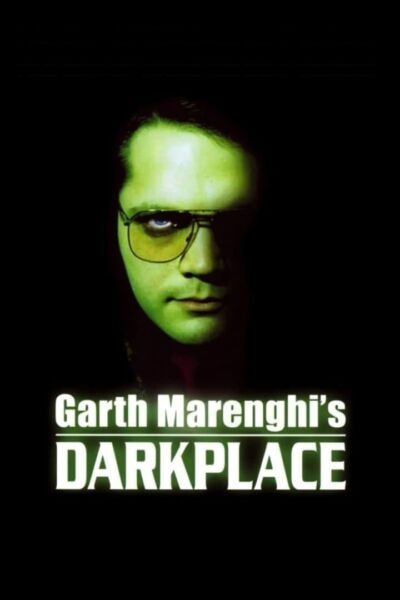
If I were to describe Garth Marenghi’s Darkplace as a Hammer horror parody set in a cursed hospital where Dr. Rick Dagless, M.D. must battle occult forces, I’d only be telling you half the story. Because it’s also a show-within-a-show about noted horror author (or “dreamweaver,” as he prefers) Garth Marenghi (played by Matthew Holness), who finally has a chance to unleash his show — aka, the most significant televisual event since Quantum Leap — on the unsuspecting public. Filled with hammy acting, stilted dialog, gloriously ’80s hairstyles, and special effects that make classic Doctor Who episodes look positively cutting edge, Garth Marenghi’s Darkplace is the Platonic ideal of a cult classic, the kind of show you either get completely or hate absolutely. I fall into the first category. Be it Marenghi’s arrogant assessment of his writing skills, Richard Ayoade and Matt Berry’s performances, or the outlandish storylines involving psychic doctors, eyeball children, and alien broccoli, all six episodes had me consistently cracking up.